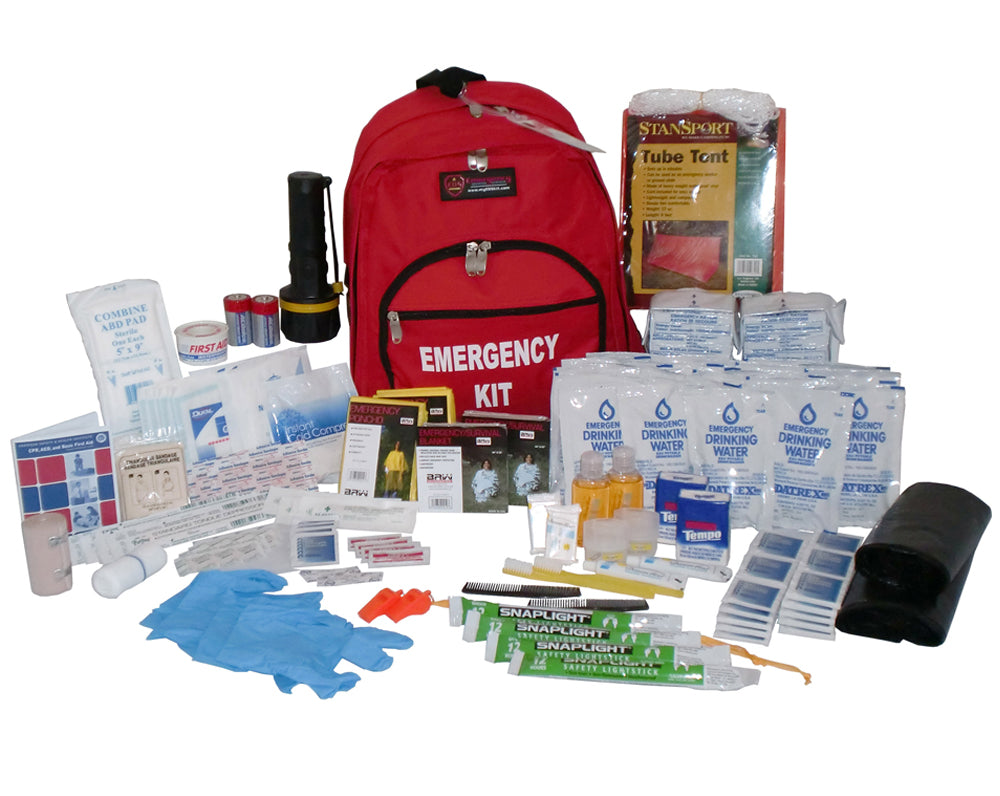Empower Yourself with Emergency Preparedness: Prepare, Be Resistant
Empower Yourself with Emergency Preparedness: Prepare, Be Resistant
Blog Article
How to Develop a Comprehensive Emergency Situation Preparedness Plan
In the realm of readiness, establishing a detailed emergency plan is not merely a job to inspect off a listing; it is a necessary keystone of any type of organization or person's strength method. By thoroughly crafting a strategy that attends to different aspects of emergency management, consisting of threat assessment, communication protocols, source allotment, and calculated decision-making, one can lay a strong foundation for protecting possessions, lives, and operations.
Significance of Emergency Preparedness
Emergency situation readiness is important for mitigating possible threats and making certain the safety of people and communities. In today's world, where natural calamities, public health dilemmas, and various other emergencies can strike without caution, being prepared can make a significant difference in decreasing the impact of these occasions. By having a well-thought-out emergency readiness plan in position, companies and individuals can respond effectively, shield lives, and decrease home damages.
Among the key reasons that emergency preparedness is necessary is its duty in conserving lives. Having a plan that details clear procedures for emptying, communication, and emergency response can assist people act quickly and decisively when emergency situations happen (see here). This can avoid injuries and fatalities by guaranteeing that people understand what steps to require to stay safe
In addition, emergency readiness improves the resilience of areas. By fostering a culture of readiness and planning for numerous scenarios, areas can get better faster from disasters and interruptions. This strength is important for preserving security, connection of procedures, and total health in the face of hardship.
Assessing Prospective Dangers
Taking into consideration the relevance of being prepared for unanticipated occasions, the initial action in developing an efficient emergency situation preparedness strategy entails completely assessing and assessing possible risks. This assessment calls for a comprehensive review of all possible risks that might affect the organization, thinking about elements such as place, market, and historical data on incidents. By identifying these risks, organizations can prioritize their preparedness initiatives and allot sources successfully to mitigate the most significant dangers.
Typical threats that companies might deal with consist of natural disasters like typhoons, floodings, or quakes, technological risks such as power failures or data violations, in addition to human-caused risks like accidents or willful acts of physical violence. Carrying out a danger evaluation also includes thinking about the prospective effect of these occasions on the company's procedures, workers, consumers, and credibility. By carrying out an extensive danger evaluation, organizations can create tailored emergency reaction plans that resolve their particular vulnerabilities and make certain efficient preparedness for any type of prospective dilemma.
Developing a Communication Plan
Developing a clear and comprehensive interaction strategy is vital for effective emergency situation readiness within organizations. In times of dilemma, interaction plays an important duty in guaranteeing the security and well-being of workers, stakeholders, and the area. A well-balanced communication plan should lay out clear lines of interaction, designate vital workers accountable for communication jobs, and develop protocols for disseminating details rapidly and precisely.
One trick element of producing an interaction strategy is identifying alternate and primary communication networks (EMERGENCY PREPAREDNESS). These can consist of e-mail, text messaging, phone trees, social networks systems, and public address systems. It is important to make certain that these channels are reliable, accessible, and routinely examined to ensure their performance throughout emergencies

Building an Emergency Set
Given the critical relevance of preparedness in times of situation, a crucial component that companies should address is the facility of an emergency package. When constructing an emergency kit, it is essential to take into consideration the certain needs and circumstances of the organization. Additionally, companies ought to consist of essential records, such as contact checklists, insurance coverage information, and emergency situation response strategies, in water-proof containers within the kit.
Developing Evacuation Treatments
To guarantee the safety and organized emptying of personnel during emergency situations, organizations must establish reliable and clear discharge treatments. Discharge procedures ought to include a series of possible scenarios, including fires, natural disasters, or other emergency situations that call for speedy evacuation.

Additionally, companies ought to develop a system for accountancy for all personnel throughout an evacuation to make certain that every person has safely exited the facilities. Interaction plays a vital duty in evacuation procedures, with clear directions on exactly how to leave and when to do so. Normal review and updating of evacuation procedures based on comments and altering scenarios are vital to preserving the efficiency of the strategy.
Verdict
Finally, developing a detailed emergency situation readiness plan is important for ensuring the security and wellness of individuals in case of a catastrophe (EMERGENCY PREPAREDNESS). By evaluating prospective threats, creating a communication plan, building an emergency kit, and establishing discharge individuals, organizations and procedures can be better geared up to react efficiently to emergency situations. It is necessary to focus on preparedness initiatives to minimize the effect of catastrophes and safeguard lives and property
In the world of preparedness, establishing an extensive emergency strategy is not simply a task to examine off a checklist; it is a crucial foundation of any company or person's resilience approach. When emergencies take place, having a plan that outlines clear treatments for emptying, communication, and emergency situation feedback can aid people act quickly and decisively. explanation. By carrying out an extensive danger assessment, organizations can develop tailored emergency situation feedback strategies that resolve their certain vulnerabilities and make sure effective preparedness for any possible situation
Developing a thorough and clear communication plan is important for efficient emergency preparedness within companies. By analyzing possible dangers, producing a communication plan, building an emergency situation package, and developing emptying people, organizations and procedures can be better geared up to react properly to emergency situations.
Report this page